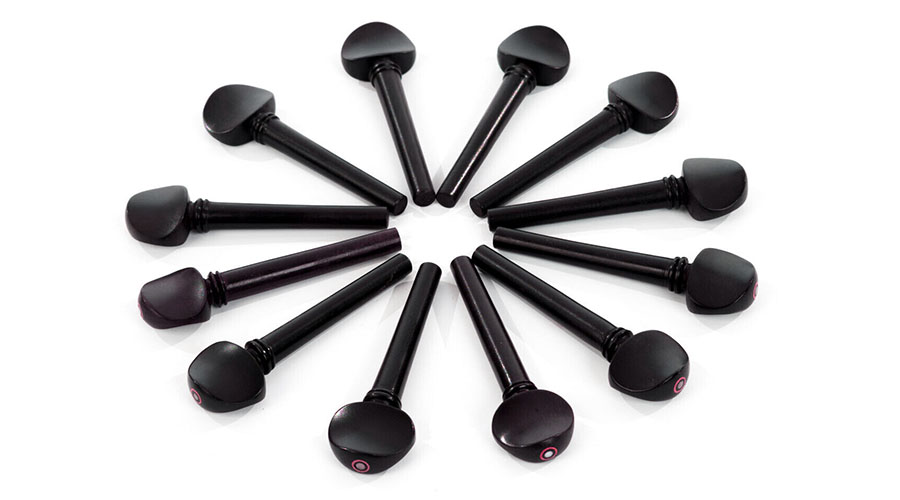
Oud, also known as agarwood, has been a prized and sought-after material for centuries, renowned for its distinctive fragrance. In this blog post, we’ll look into the evolution of Oud peg materials, tracing their journey from ancient times to the present day.
The Ancient Origins: The history of Oud peg materials dates back to ancient civilizations, where it was first recognized for its aromatic properties. Early craftsmen primarily used natural materials such as bone, horn, and wood to fashion Oud pegs for musical instruments, contributing to the rich cultural tapestry of various societies.
Medieval Advancements: As craftsmanship evolved during the medieval period, so did the materials used for Oud pegs. Craftsmen began experimenting with more durable and aesthetically pleasing options, such as ivory and ebony. These materials not only enhanced the functionality of the pegs but also added an element of sophistication to the instruments.
The Renaissance Era: During the Renaissance, Oud peg materials experienced a significant transformation. Innovations in woodworking and craftsmanship led to the use of rare and exotic woods, contributing to the uniqueness of each instrument. This era marked a shift towards more intricate and ornate designs, reflecting the artistic sensibilities of the time.
Industrial Revolution Impact: The Industrial Revolution brought about mass production and the availability of new materials. Oud pegs were no exception, as manufacturers began utilizing materials like synthetic plastics and metals to meet the growing demand. While these materials offered durability and affordability, purists argued that they lacked the authentic resonance of traditional materials.
Modern Innovations: In the contemporary era, Oud peg materials have witnessed a revival of interest in traditional and natural options. Craftsmen and musicians alike appreciate the warmth and resonance that genuine materials like bone, horn, and rare woods provide. However, technological advancements have also introduced high-quality synthetic alternatives that mimic the properties of natural materials without compromising on performance.
The evolution of Oud peg materials reflects the intersection of tradition and innovation. From humble beginnings with natural materials to the incorporation of synthetic options, the journey has been one of adaptation and experimentation. Today, musicians and artisans have a plethora of choices, allowing them to strike a balance between preserving heritage and embracing modern convenience.
